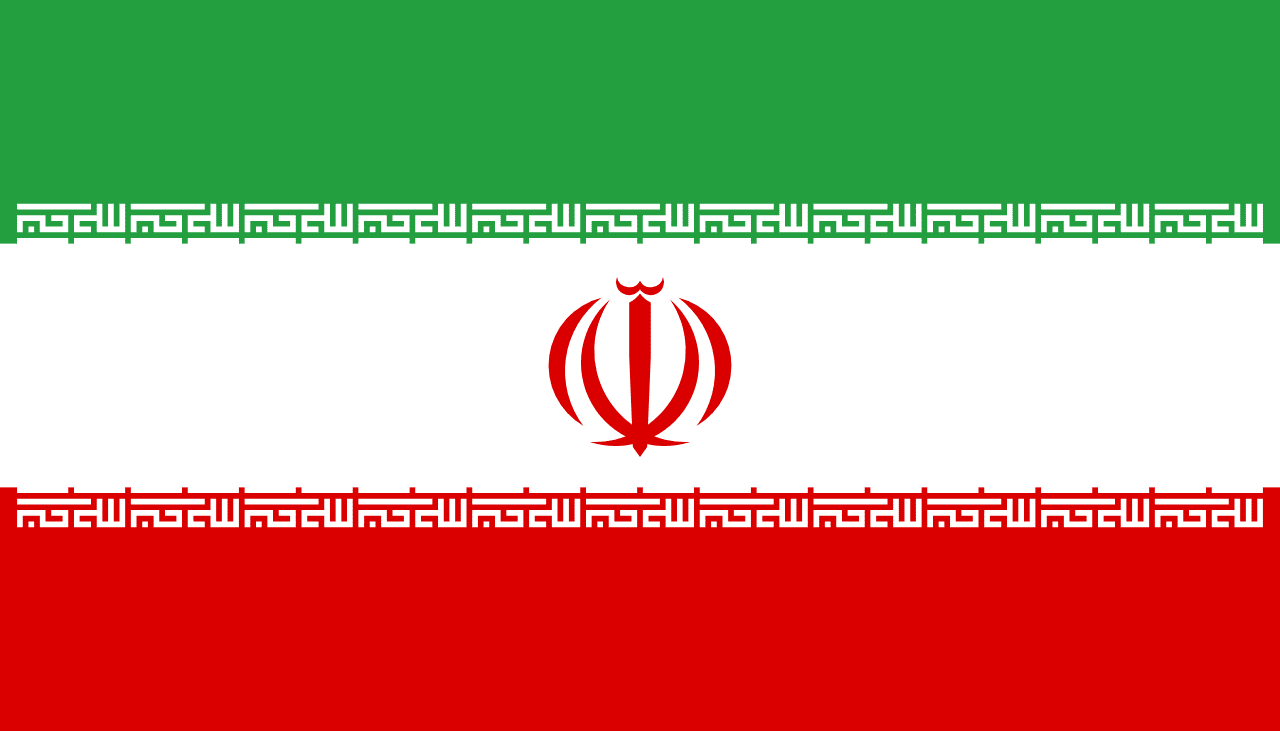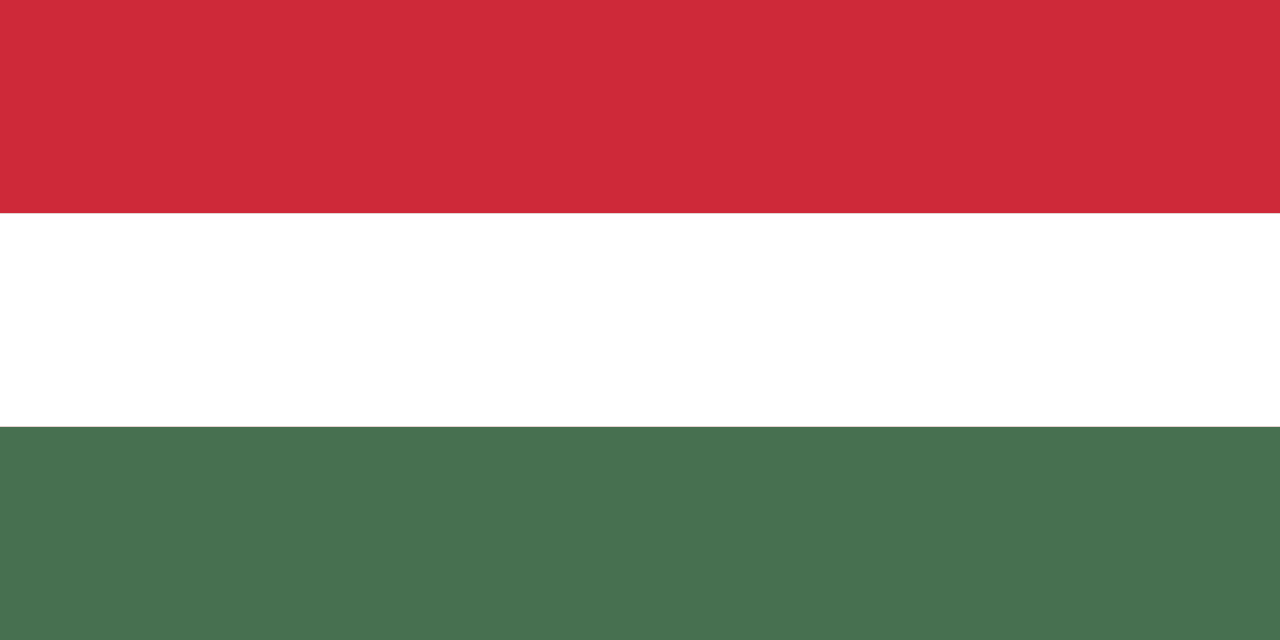The flag of Indonesia consists of two equal horizontal stripes: red on top and white on the bottom. This simple yet striking design carries deep symbolism and historical significance for the Indonesian people.
Indonesia information
| National Flag Day | August 17 |
| Sovereign state | Yes |
| Official name | Republic of Indonesia |
| Capital | Jakarta |
| Population | 273,523,615 |
| Area | 1,904,569 km² |
| Currency | Indonesian rupiah (IDR) |
| Language | Indonesian |
| Continent | Asia |
| Region | Southeast Asia |
| Subregion | — |
| Borders | Papua New Guinea, East Timor, Malaysia, Singapore |
| Timezone | Western Indonesia Time (WIB) UTC+7, Central Indonesia Time (WITA) UTC+8, Eastern Indonesia Time (WIT) UTC+9 |
| Calling code | +62 |
| Top-level domain | .id |
History of the Indonesian flag
 The Indonesian flag, known as "Sang Saka Merah-Putih" (The Red and White), was officially adopted on August 17, 1945, coinciding with Indonesia's declaration of independence from Dutch colonial rule. However, its origins can be traced back to the 13th century Majapahit Empire, where red and white were considered sacred colors. The flag's design was inspired by the royal banner of the Majapahit Empire, establishing a connection between modern Indonesia and its ancient heritage.
The Indonesian flag, known as "Sang Saka Merah-Putih" (The Red and White), was officially adopted on August 17, 1945, coinciding with Indonesia's declaration of independence from Dutch colonial rule. However, its origins can be traced back to the 13th century Majapahit Empire, where red and white were considered sacred colors. The flag's design was inspired by the royal banner of the Majapahit Empire, establishing a connection between modern Indonesia and its ancient heritage.
Symbolism and design of the Indonesian flag
The Indonesian flag's colors hold profound meaning. The red stripe symbolizes courage, strength, and the physical body of the nation. It represents the revolutionary spirit and the blood shed by Indonesian heroes in their struggle for independence. The white stripe signifies purity, honesty, and the spiritual essence of the Indonesian people. Together, these colors embody the holistic nature of the Indonesian national identity, uniting the physical and spiritual aspects of the nation.
Usage and significance of the Indonesian flag
 The Indonesian flag serves as a powerful symbol of national unity, independence, and sovereignty. It is prominently displayed during national holidays, such as Independence Day on August 17, and at government buildings, schools, and public spaces. The flag plays a crucial role in fostering a sense of national pride and identity among Indonesia's diverse population, which spans over 17,000 islands and includes hundreds of ethnic groups and languages.
The Indonesian flag serves as a powerful symbol of national unity, independence, and sovereignty. It is prominently displayed during national holidays, such as Independence Day on August 17, and at government buildings, schools, and public spaces. The flag plays a crucial role in fostering a sense of national pride and identity among Indonesia's diverse population, which spans over 17,000 islands and includes hundreds of ethnic groups and languages.
Interesting facts about the Indonesian flag
- The Indonesian flag shares similarities with the flags of Monaco and Poland, leading to occasional confusion. However, Indonesia's flag has a 2:3 ratio, distinguishing it from Monaco's 4:5 ratio.
- During the Indonesian National Revolution (1945-1949), the flag became a symbol of resistance against Dutch attempts to reestablish colonial control.
- The flag's design inspired the creation of the "Bendera Pusaka" (Heirloom Flag), the original flag raised during the 1945 declaration of independence, which is now preserved as a national treasure.
- In Indonesian maritime tradition, the red and white colors are associated with "ombak-banyu" (waves and water), symbolizing the archipelagic nature of the country.





